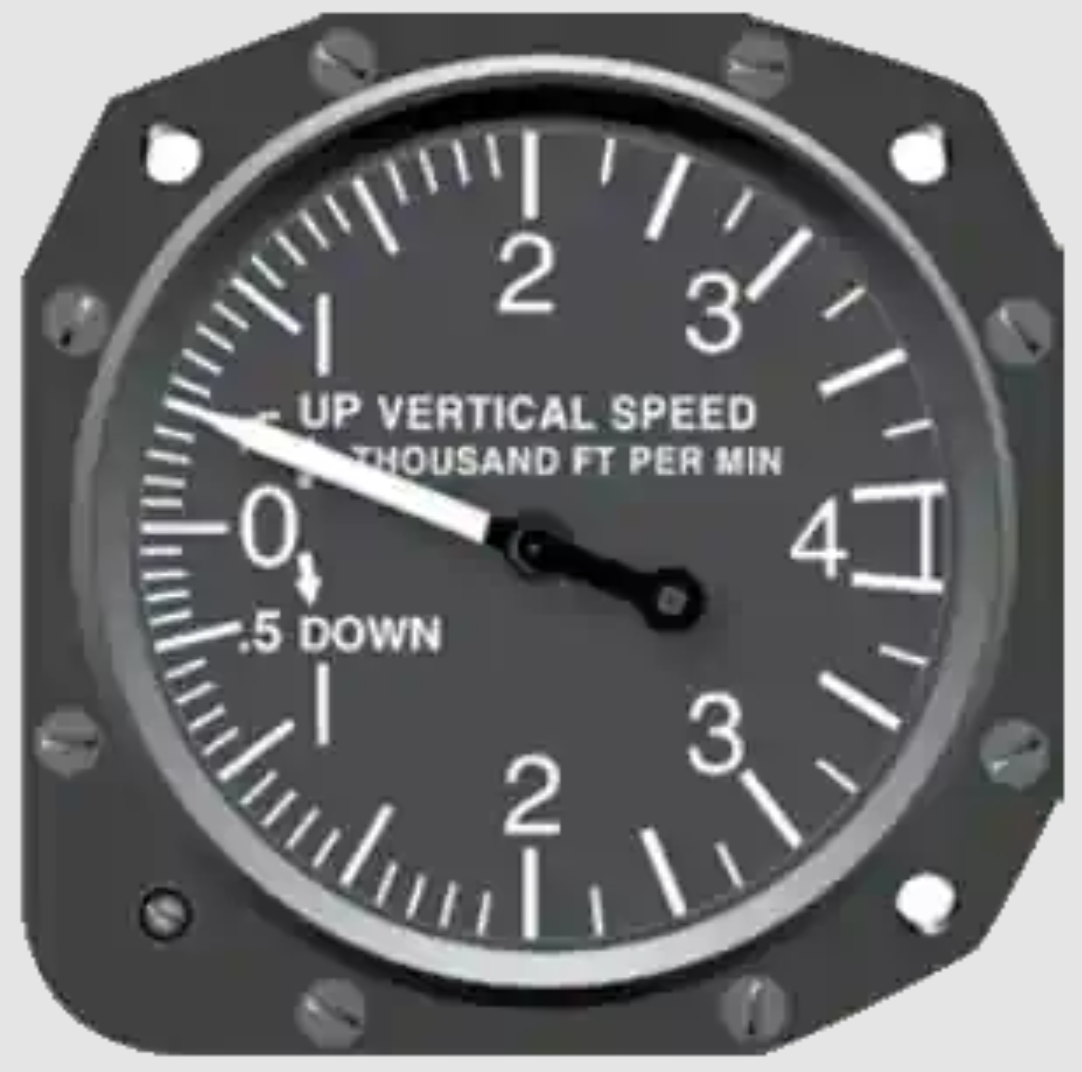Vertical Speed Indicator (VSI)

Vertical Speed Indicator (VSI)
The Vertical Speed Indicator (VSI) is a crucial instrument in aircraft that **indicates the rate at which an aircraft is climbing or descending**. It is essentially a variometer, measuring changes in altitude over time.
Key Points in the VSI's History
Early Development
The VSI was developed in the early 1930s by George W. Follmer at Bell Aircraft.
World War II Adoption
The first production VSI was installed on a Boeing B-17 Flying Fortress bomber during World War II.
Function
The VSI indicates the rate of climb or descent, showing whether an aircraft is climbing, descending, or in level flight. It provides valuable vertical situational awareness to the pilot.
Modern Usage
VSIs are now standard equipment in most aircraft and are used for various flight phases, including climbing, descending, and maintaining level flight.
Types
While traditional VSIs have a slight delay in response to altitude changes, modern versions such as the Instantaneous Vertical Speed Indicator (IVSI) offer a more immediate reading and improved accuracy.
